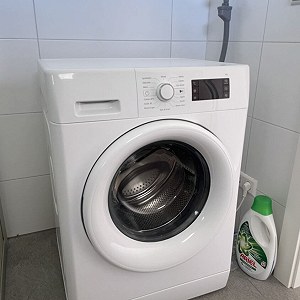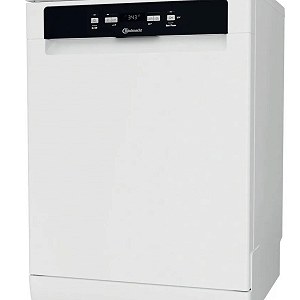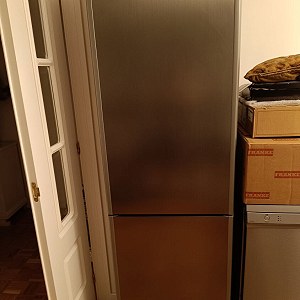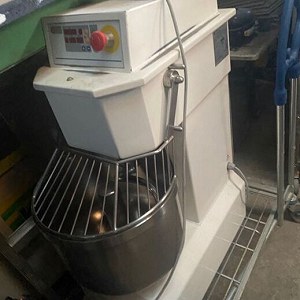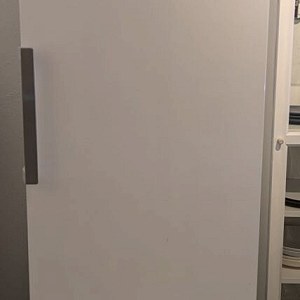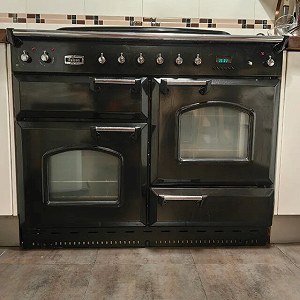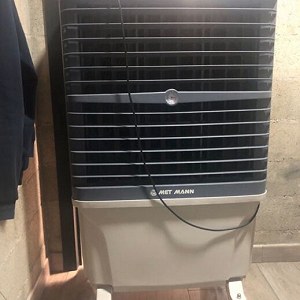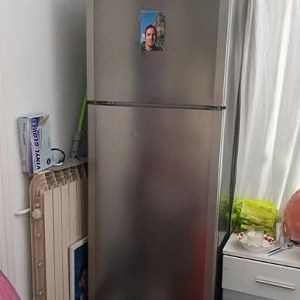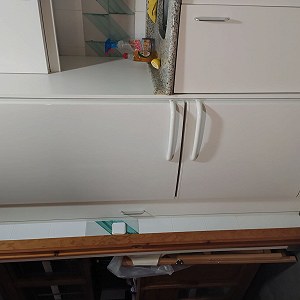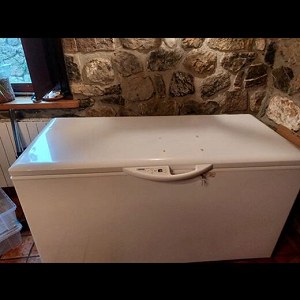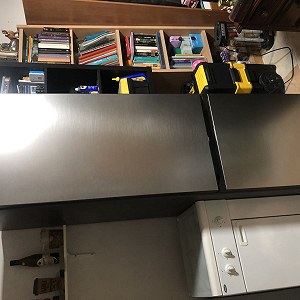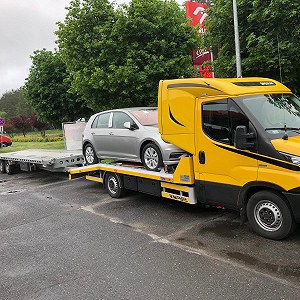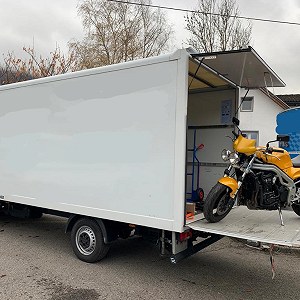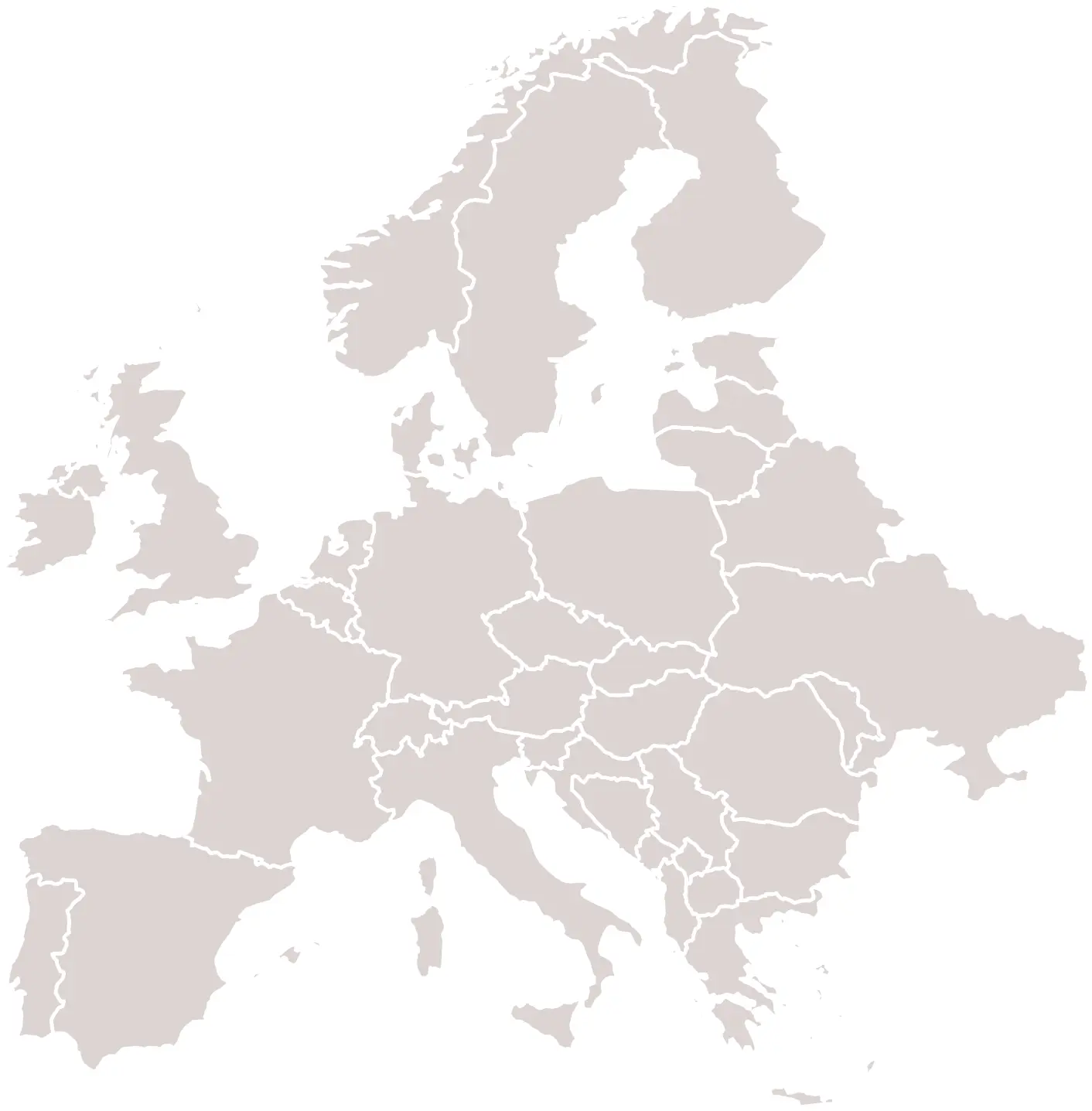How to efficiently and economically organise household appliance transport?
Household devices is a very diversified category of products, which affects what's the smartest way to shield them for shipment as well as the best way to ship them. We can roughly group household appliances into two subgroups, all with its own best method of shipment – minor household devices as well as big household appliances. In the first subgroup you’ll find every device that can easily be transported in a regular car, for example: microwaves, blenders, food processors, toasters, boiling pots as well as many more. These things you can effortlessly ship inside your own car – no matter if it’s on the back seat or in the trunk. Small household appliances are also less prone to damages during transportation than the big household devices. In that subsection you’ll find devices like: fridges, washers, washing machines, tumble-driers as well as many more. Almost every one of them can be successfully shipped inside a regular car and therefore has to be entrusted to experts.
No matter which household device you need to ship, when you are securing your cargo for the time of transportation, there are a couple of guidelines that are universal for every appliance. First of all, it is safest to transport devices in their original boxes. These boxes are best fitted to the dimensions of the appliance and therefore can help to lessen the threat of some shocks during shipment destroying your load. To be extra sure, you can fill all the empty spaces with Styrofoam or bubble foil. When it comes to minor household devices, this will most likely be enough to guarantee their safe journey. However for big household appliances there are a couple additional things to remember.
Ahead of beginning to prepare your appliances for the shipment, you should remove all the removable elements as well as transport them separately. That concerns all the shelves and drawers (in fridges, mainly) and baskets (from dishwashers). During transportation, the removable elements would be particularly exposed to jolts, which might break either them or the appliance. Therefore it is better to remove them from the appliance, wrap them in some bubble foil as well as ship separately.
The next step is to secure the doors as well as all the cords and tubing. Make sure that your appliance is dry, because any leaking on the road could damage it irreversibly. If you are planning to ship a washing machine, it is safest to secure the drum, to prevent it from moving during shipment. The drum is the most fragile part of the washing machine and also a crucial one – breaking the drum usually means that you will need a new washing machine. The next step is, as mentioned above, securing the doors. Even if you are certain that the doors will stay closed while on the road, you should nonetheless put some tape on it to be certain it really won’t open during transportation. There are some situations on the road that might demand a transport provider to abruptly turn or stop the vehicle and you ought to be positive that the devices won’t open even then. Doors that haven’t been properly secured are easily breakable as the hinges are often quite fragile. After the doors are secured, you ought to think about cords as well as water lines. They can stay attached to the device (particularly if you don’t have any expert knowledge about household appliances assembly), however you should bind them together (for example with some cord) to prevent them from tangling.
When the doors as well as cables of your device are secured, the next step is to protect your load from mechanical damages. That entails mainly wrapping the edges as well as fragile parts with some Styrofoam or cardboard. Next step is to either place your device in a cardboard (provided you have the original packaging or a box of similar size) or enclose the whole machine in a considerable layer of bubble wrap. This part is one of the most important – don’t forget that even what seems like a minor dent on your device can break it for good.
After these steps, you are ready to place the device in the hauler's vehicle. Remember that fridges, dishwashers and washing machines should be shipped upwards to avoid any leaks. Additionally – if you are transporting household devices in very cold weather (approx. 32°F) you have to let it sit for at least 8 h after arriving to your destination before turning it back on.
